What is ISO 14001?
ISO 14001 joins ISO 9001 and ISO 27001 as one of the three most popular ISO standards out there. ISO 14001:2015, which is the latest version of this standard, is built on the same high-level structure as ISO 9001 and ISO 27001. This means that it comprises 10 clauses that cover the requirements for an organization to implement an Environmental Management System (EMS).
The primary purpose behind such standard is to provide a framework, the ISO 14001 Environmental Management System, with which a company can improve the environmental aspects surrounding the products, services and activities of that same company. Similarly to ISO 9001, the mindset of continual improvement must also be planted within the organization to meet all regulatory requirements and keep improving its performance and impact on the environment.
All this is done through the ISO 14001 Environmental Management System (EMS). As a standard, ISO 14001 outlines the requirements through the 10 clauses for an effective and efficient EMS. But what exactly is this ISO 14001 Environmental Management System?
What is ISO 14001 Environmental Management System (EMS)?
The main goal of ISO 14001:2015, as a standard, is to lay down the criteria for an Environmental Management System. The ISO 14001 Environmental Management System can easily be depicted as a framework enabling organizations to manage their environmental impact and reduce their overall environmental footprint. The EMS allows the organizations to grow in this aspect while still tending to the needs of all stakeholders of the business.
Environmental policies must include plans, controls, and other necessary practices to control the environmental impact of one’s company. These policies and their plans must include thorough plans for instruction and communication, as well as measurable goals. By following such criteria, organizations can build an EMS which would allow them to manage their environmental responsibilities and sustainability.
What are the benefits of having an ISO 14001 Environmental Management System?
There are several benefits that can be reaped when an organization aims for ISO certification. Although several benefits seem standard to all ISO certifications (which is partially true), each standard provides an opportunity for every organization to gain a slight edge over their competition in one way or another.
Benefit #1 | Improved Environmental Performance
This is of course, a no-brainer! As an ISO standard surrounding the organization’s environmental impact, any business achieving ISO 14001 will ultimately be making the world a better place by reducing the adverse ecological effects.
Did you know that by the middle of the century, 30% to 50% of species are bound to vanish entirely? Did you also know that the levels of Carbon Dioxide are at their highest level EVER! This is heavily related to human activities. Read more about it here.
Benefit #2 | Legal Compliance
ISO 14001 will also lead companies to comply with the necessary environmental legislation. This will ultimately save companies a buck or two by reducing the risk of fines and penalties. Remember, fines and having the media portray a negative brand image can devastate companies.
Benefit #3 | Increased Reputation
When talking about corporate image, one cannot forget to mention the increase in customer trust when they see their favourite brands caring for the environment. Getting ISO 14001 certified shows your customer that you are actively committed to reducing your environmental impact.
Nowadays, people are becoming more environmentally conscious about their purchases, and so should the companies who are providing goods and services.
Benefit #4 | Waste and Cost Reduction
Everyone knows that a tremendous amount of waste is generated each year. But reducing waste is not only optimal for the environment but also for the company that achieves this. Waste can be reduced by ensuring efficient machinery, identifying where excess material is being used and using more renewable energy sources to become more efficient.
Naturally, an increase in efficiency will lead to reduced business costs. The cost of waste management should go down, just as the need to process and remove waste will be lessened.
Benefit #5 | Competitive Advantage
This is the most common advantage across all ISO standards. That is because when you combine the other benefits together, ISO certification can help set you apart from competitors. Consumers are more likely to deal with businesses who are striving to do their best to make the world a better place!






